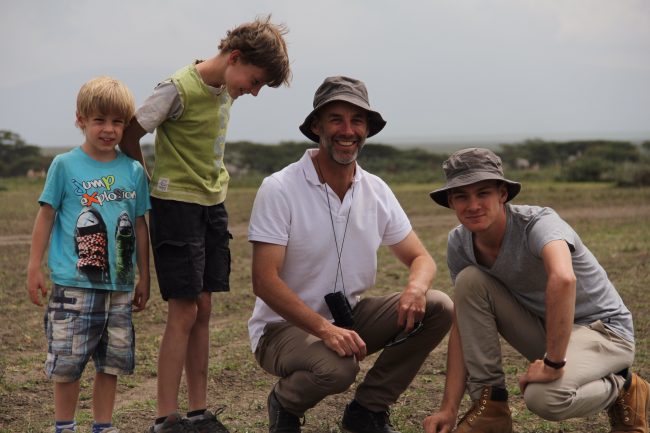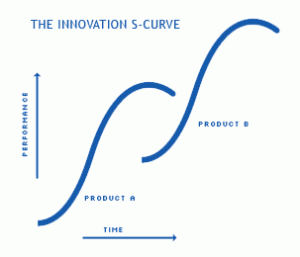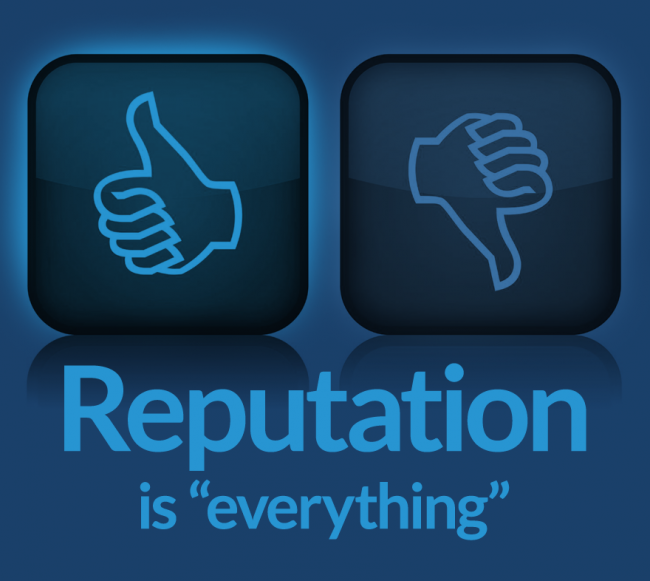Challenging the invisible beast
Culture is a fascinating thing, an invisible beast, or life force. When a group of people come together to form an organisation, or community, it is like birthing a new organism. Group psychology comes into play and norms are established which govern how people behave when they come together.
You need only watch, or be at a major sporting event or concert to experience the phenomenon of a crowd taking on a life of its own, people uniting and behaving in ways that they wouldn’t on their own.
Many people under-estimate the power of culture, particularly newly appointed leaders. All the dreams and aspirations they may have for their new appointment are often dashed when they fail to realise that the biggest challenge they have is tackling the existing culture.
“Culture eats strategy for breakfast” Peter Drucker
It is very hard to act in a counter-cultural way, to change culture, particularly when our innate desire to fit in and belong tells us subconsciously not to push back against the prevailing norms, but to accept them lest we become isolated from the community we so earnestly want to be part of. Through a process of socialisation many leaders find themselves enslaved; the insidious power of the beast ensures they become conditioned to accept the social constraints, the way things are done around here. So many initiatives fail at the starting gate because of the age-old comment, “we tried that once…”
If you are a newly appointed leader here are a six tips to help you wrestle the invisible beast:
- Spend time listening, seeking to understand the prevailing culture, “the way things are done around here”. Ask challenging questions—why is it done that way? What historical events, personalities, thinking, etc. happened to influence those cultural norms? What has been tried before and why did it fail?
- Be a questionable person. Identify the things you don’t agree with in the culture and have the courage to lead a life that is in opposition to those things. People will see that you are different. Be true to your values and beliefs. It won’t work for you if you are acting counter to your beliefs.
- Identify the crusaders, the nay-sayers and the influencers. There is truth in the 60-30 rule. If you have 30 percent with you (the crusaders), 30 percent ambivalent, and 30 percent against you will succeed. If you can turn around one or two naysayers, particularly those who are the biggest influencers in the organisation, the ones everyone looks to for wisdom, you will gain momentum. Fighting them never works. It just saps you of energy.
- Take care not to get sucked into the prevailing culture, it is very powerful and you will be subsumed into it if you don’t have the courage, or strength to resist. If you feel this happening write a list of norms that you want to change and a list of the ones you want to adopt and post them on the wall above your desk as a reminder of what you hold true.
- Develop strategies to change those aspects of the culture you don’t agree with, strategies to develop new norms. You can do this by setting up project teams, giving them specific tasks to tackle, like developing a new statement of beliefs or philosophy, or tradition for acknowledging staff, or process of feedback. Empower those teams to do the work but give them the direction of what you want to achieve. Putting a naysayer or influencer on those teams can work powerfully if you wisely select the people.
- Once a new strategy or norm is established, commit. It takes time to embed something different so persevere. If you have done the research and thinking beforehand you don’t need to evaluate the initiative for at least 2 years. Most innovations fail not because it was a bad idea, but because people gave up to early.
Culture takes time to shift, but it does shift. 70% of an organisation’s culture is influenced by the leader so remember, you have the greatest position and privilege to change it. Use that influence to create a culture of trust.









